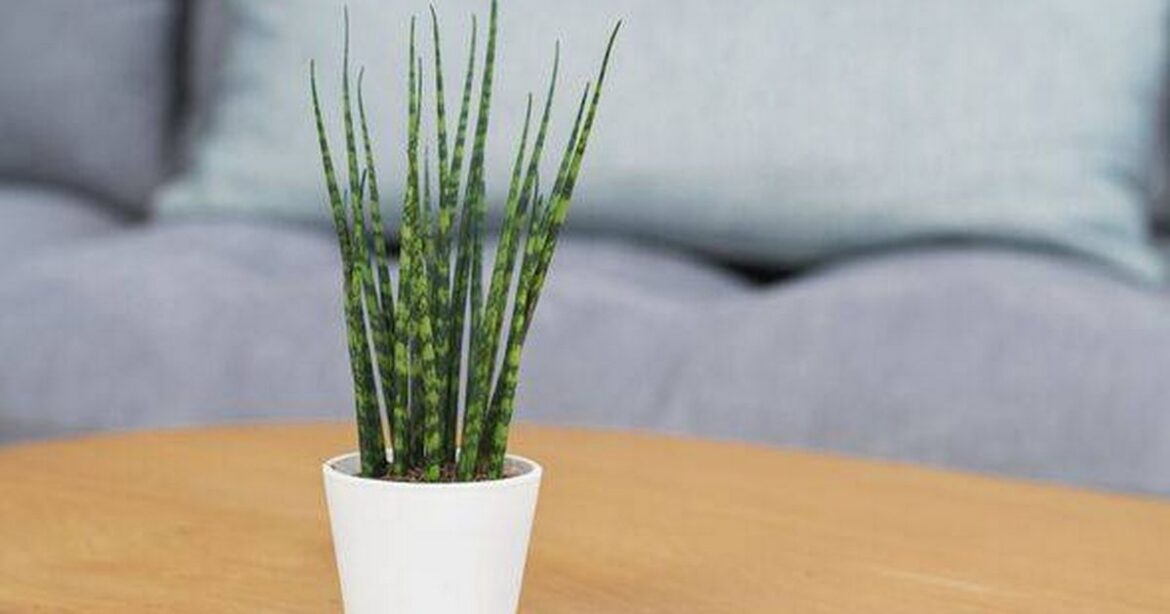Snake plants are a popular choice of houseplant in the UK, and with good reason. They are easy to care for, don’t require much watering, and can thrive in low light conditions. Snake plants need additional care in winter(Image: Getty)
Snake plants need additional care in winter(Image: Getty)
Snake plants, with their striking appearance, are a popular choice for British homes due to their low-maintenance needs — they don’t require frequent watering and can thrive in low-light conditions.
However, as winter approaches, there are a few steps you can take to ensure your plant remains healthy and happy.
House Digest experts advise that the first step is to be mindful of your watering schedule.
Snake plants are prone to root rot, particularly during their winter dormancy period.
During the colder months, snake plants only need watering about once a month or even less, depending on your home’s humidity levels.
 Snake plants make a great addition to your space(Image: Getty)
Snake plants make a great addition to your space(Image: Getty)
Another common mistake people make is fertilising their plants during winter.
As snake plants enter a dormant phase, they can’t utilise fertiliser, which could harm the plant, reports the Express.
If your home tends to be particularly dark during the winter months, consider moving your snake plant closer to a window to benefit from more natural light.
Investing in grow lights is another option to ensure your plant gets enough light to thrive over winter.
If you decide to purchase grow lights, remember to place your plant at least 24 inches away from the light to prevent leaf burn.
If you’ve moved an outdoor plant indoors for the winter, now is a good time to see if it needs repotting.
However, hold off on actually repotting the plant until early spring, as doing so could shock the roots, and your snake plant may not recover well during its dormant period.


Comments are closed.